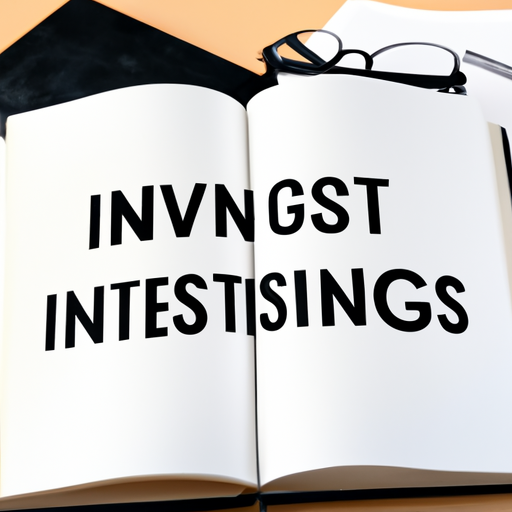Getting Started with Investing: A Beginner’s Guide

Getting Started with Investing: A Beginner’s Guide
Investing can seem like a daunting journey, especially for beginners. However, when approached correctly, it’s an excellent way to grow your wealth. This beginner’s guide takes you through the basics of investing, explaining what it is, the different types of investments available and some tips to get you started.
What is Investing?
Investing is the process of dedicating resources, usually in the form of cash, to an endeavor with the expectation of generating an income or profit. Essentially, it’s a strategic move to grow the money you already have by accruiving gains over time. The principle behind this concept lies with the hope that your initial investment will grow over a certain period.
Different Types of Investments
There are various types of investments – or ‘asset classes’ – you can delve into, each having its unique risks and rewards. The most common ones include:
- Stocks: When you invest in stocks, you buy shares of a company. As the company grows and profits, the value of your stock increases.
- Bonds: Bonds are loans you give to a company or government. In return, you’re paid interest on the money you lend.
- Mutual Funds: A mutual fund is an investment where multiple investors pool their money to invest in different assets like stocks, bonds and other securities.
- ETFs: Exchange-traded funds (ETFs) are collections of stocks or bonds packaged into a single investment.
- Real Estate: This investment involves purchasing properties, be it residential or commercial, and then earning income through rent or property appreciation.
Set Your Financial Goals
Before venturing into investing, clearly outline your financial goals. Are you saving for retirement, a down payment on a house, your child’s education, or perhaps seeking to build a rainy-day fund? Identifying your goals will guide your investment strategy and help you decide where to put your money.
Create A Diversified Portfolio
A healthy portfolio is one that is well diversified, meaning that it includes various types of investments. Diversification is a risk management strategy that mixes a wide variety of investments within a portfolio. It spreads the risk as all stocks don’t move in the same direction at the same time, limiting potential losses.
Investing vs. Trading
Remember that investing is not the same as trading. Trading involves buying and selling assets more frequently with an aim to generate quick returns, while investing is more of a long-term commitment. As a beginner, it’s advisable to adopt investing rather than jumping into trading.
Be Patient
Investments typically earn their returns over long periods. It’s not an overnight wealth-creation strategy. Patience is a critical virtue in successful investing. Stay calm during the market’s highs and lows, stick to your plan, and give your investments time to grow.
Consider Professional Help
Lastly, seeking the help of a financial advisor can be a wise decision. They can provide tailored investment strategies, monitor your investments, and adjust your portfolio as necessary.
Investing can be a fantastic way to increase your net worth and achieve your financial goals, especially when done right. While the prospect of investing might seem overwhelming initially, understanding the basics can help you navigate the investment world with confidence.
Remember, every investor started somewhere. With patience, diligence, and calculated risks, you’ll be well on your way to financial growth.
Conclusion
Investing is a journey, not a destination. It’s a process where you continually learn, grow, and adjust your strategy to build wealth. This beginner’s guide has hopefully provided you with a solid foundation to start your investing journey. Best of luck!
* The post is written by AI and may contain inaccuracies.


